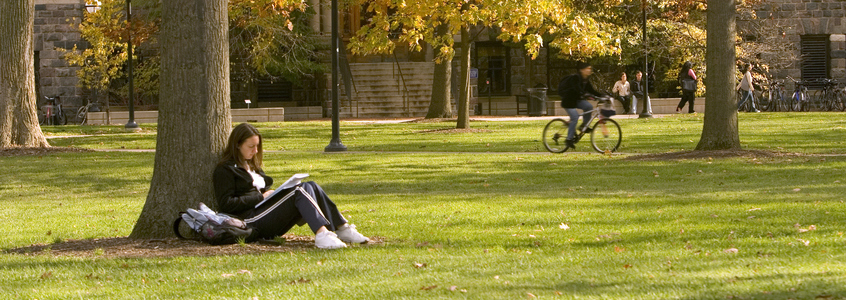
Tracking Transfer Report Reveals Student Pathway Insights
Expanded Report Offers Deeper Look at Transfers from Two-Year to Four-Year Institutions
The Tracking Transfer report from the National Student Clearinghouse Research Center provides valuable insights about transfer students. It shows the pathways students take when moving from two-year to four-year colleges to earn a bachelor’s degree. This data helps highlight how effectively institutions are supporting community college students in completing their degrees.
This year’s report offers expanded insights into student transfer patterns. It includes new data on demographics, state-level trends, and post-transfer outcomes. For the first time, the report includes students who were dual enrolled during high school before entering community college to provide a deeper look at how prior academic experience influences transfer success. It breaks down key metrics — such as transfer-out rates, transfer-with-award rates, and bachelor’s completion rates — based on prior dual enrollment status.
“By using the insights from this report, policymakers, educators, and institutions can work together to build more efficient, and supportive transfer pathways for students. Ultimately, this will expand the opportunities for student success and degree completion,” said Matthew Holsapple, Senior Director of Research at the National Student Clearinghouse.
This blog post covers key findings from the fall 2017 cohort — first-time degree seekers who began their academic journey at a two-year institution.
Key findings from this year’s report:
- Fewer than a third of first-time-ever-in-college students who began at a community college in fall 2017 transferred to a four-year institution within six years (31.6%). Slightly less than half of those who transferred completed a bachelor’s degree (49.7%). These rates are consistent with the previous entering cohort, after several years of small increases.
- Students who entered community college in fall 2017 with prior dual enrollment had higher transfer-out (46.9%) and bachelor’s completion rates (60.1%) than first-time-ever-in-college students.
- After transferring from a community college, 81.5% of students returned to their four-year transfer institution the following academic year.
- About two-thirds of transfer students from community colleges earned a bachelor’s degree within six years of transferring (65.8%). Fewer than one in five community college transfer students completed their bachelor’s within two years of transferring (14.1%). However, this rate was higher for students who earned a credential prior to transferring (22.6%).
“This year’s expanded Tracking Transfer report offers a clearer view of the student transfer experience. This is especially true for those who began their journey with dual enrollment,” according to Sarah Karamarkovich, who is a Research Associate at the National Student Clearinghouse Research Center. “By incorporating new demographic data and post-transfer outcomes, we can better understand student success along different pathways.”
View the latest Tracking Transfer report, which features two interactive dashboards. The first explores transfer-out and bachelor’s completion rates within six years for students who entered community college in fall 2017. The second focuses on students who transferred from a community college and enrolled in a four-year institution during the 2017–18 academic year, offering insights into their post-transfer outcomes.
Additional Resources:
Take a deep dive into the latest learner insights
Explore our free reports and dashboards to find out more about the latest higher education trends.
You have questions.
We have data.
You will benefit from rich insights that are only available from Clearinghouse-managed data and our Custom Research team. No one can match the breadth and comprehensiveness of our educational data.



